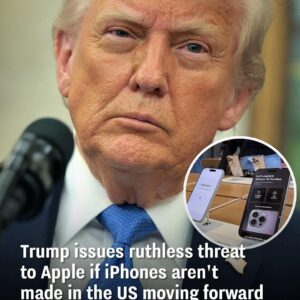In a bold claim that has sparked significant conversation, billionaire CEO Elon Musk told Texas GOP Senator Ted Cruz that the U.S. government uses “magic money computers” to generate payments without proper justification or transparency. The remarks, made during an appearance on Cruz’s podcast, brought attention to the seemingly hidden systems within the federal government that Musk believes are enabling large, unaccounted-for financial transfers.
Musk’s comments shed light on an issue that, if proven true, could have wide-ranging implications for federal spending and oversight. The Tesla and SpaceX CEO, who has become an unconventional player in government reform through his work with the Department of Government Efficiency (DOGE), explained that 14 of these “magic money computers” currently exist within U.S. Treasury and other federal agencies, facilitating payments without sufficient documentation to back them up.
Musk’s Discovery of the “Magic Money Computers”
Musk explained that these computers, discovered by DOGE, operate in various government departments, including the U.S. Treasury, Health and Human Services, State, and the Department of Defense. “They just send money out of nothing,” Musk remarked. According to him, the system is so opaque that in some departments, the reported spending could be off by as much as 5 percent of the total budget. This discrepancy, Musk claims, prevents lawmakers from having an accurate picture of the federal government’s spending, hindering transparency and accountability.
“There’s mostly at Treasury, but there’s some at [Health and Human Services], there’s one or two at State, there’s some at [the Department of Defense],” Musk continued. He also referred to these systems as “magic” because, unlike traditional financial systems, they issue payments without proper tracking or justification. Musk argued that these systems prevent the government from providing Congress with a full and accurate breakdown of where funds are being allocated.
A Conversation About Transparency and Accountability
During his discussion with Cruz, Musk outlined the problem with these systems in detail. He pointed out that many people assume government computers work in sync with each other, accurately reflecting the financial movements within the system. However, Musk argued that this is not the case. “You may think that government computers all communicate with each other, synchronize, and accurately calculate where funds are going, making the numbers you see as a senator the real ones. They’re not,” he said.
When Cruz asked how these “magic money computers” work, Musk’s response was simple: “It just issues payments.” The lack of transparency and oversight in how these systems function is what Musk believes is contributing to the mismanagement of public funds and the inability of lawmakers to track where taxpayer dollars are being spent.
Government Spending and the Role of Modern Monetary Theory
Musk’s critique ties into broader concerns about government spending, particularly the U.S. government’s ability to create and allocate money at will. The federal government, as the issuer of the U.S. dollar, has the power to print or create money to meet its financial obligations, a concept known as modern monetary theory (MMT). This ability to create money out of nothing, while theoretically addressing the government’s fiscal needs, has raised concerns about the long-term consequences of unchecked spending and the potential for inflation.
Musk’s claims suggest that the government’s existing financial systems may be even less transparent than previously thought, with large sums of money being allocated without adequate oversight. This raises questions about the true scale of federal spending, as well as the potential for waste and fraud within the system.





